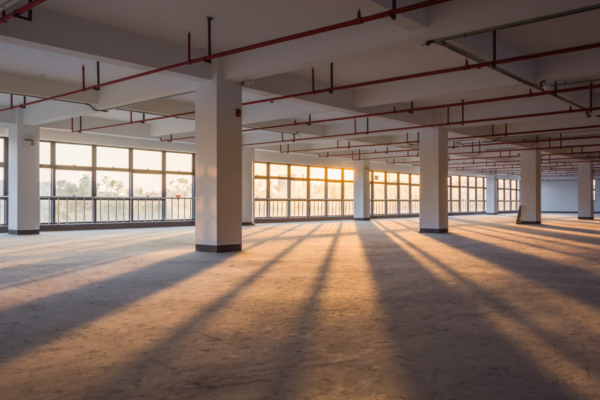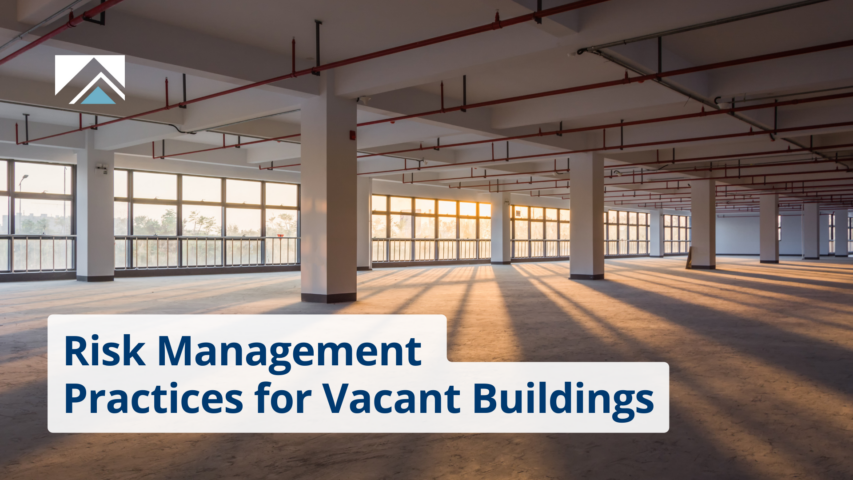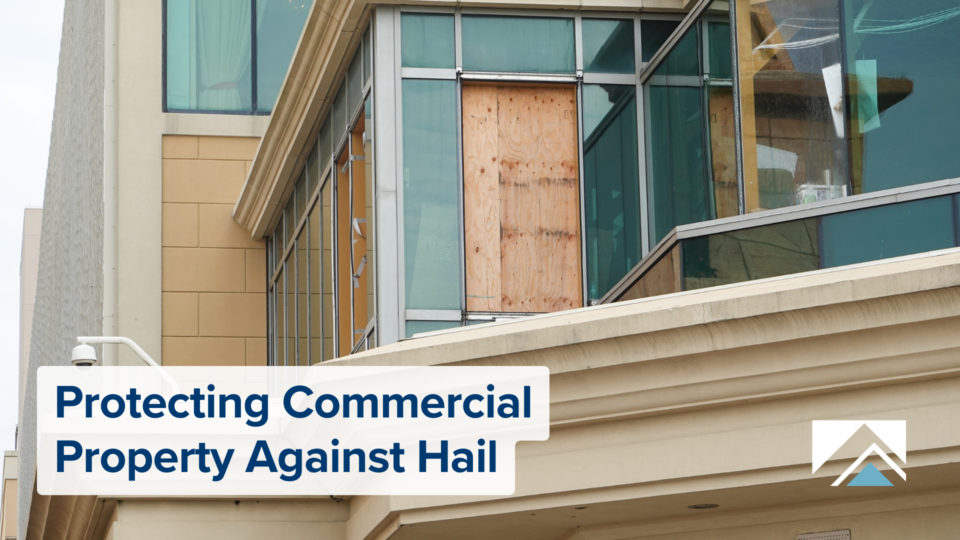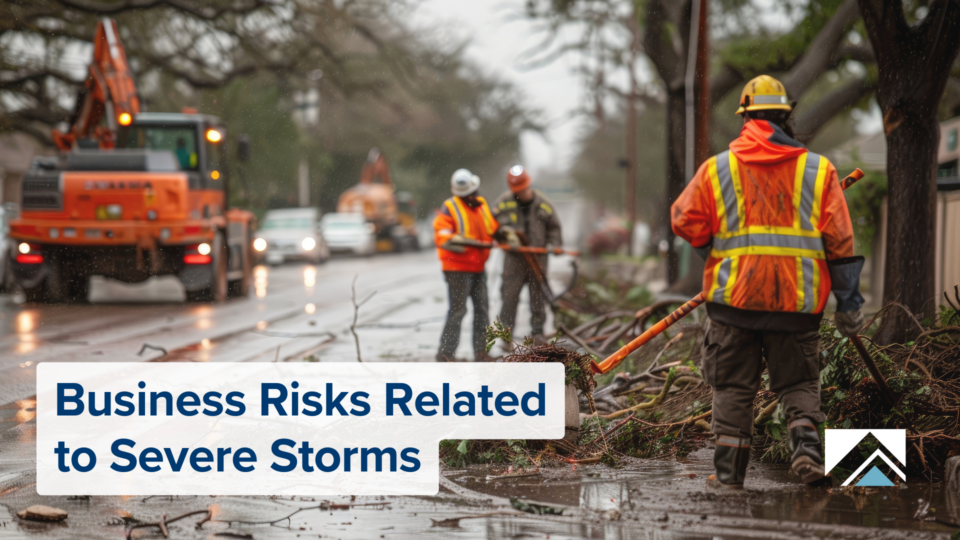In the world of insurance and risk management, an empty building is rife for a for a claim due to a broken water pipe that no one was aware of, a small and mysterious fire that no one knows how it started or just routine vandalism. Claims history shows this to be true as opposed to an occupied building that rarely has these same claims problems.
A vacant or partially occupied building doesn’t mean less care or maintenance is required. It’s crucial to set up a system to monitor the condition of any empty or little used properties. The Insurance Institute for Business and Home Safety (IBHS) recommends making the following practices part of your regular maintenance if your building is vacant or not used frequently.

Prevent Building Leaks
- Conduct physical inspections of the roof and building’s perimeter for leaks and needed repairs
- Look for leaks around roof-mounted equipment, skylights, windows, doors, and pipe and utility penetrations
- Check gutters and make sure they are clean, as debris can lead to water buildup on the roof
- Check that gutters are sloped toward downspouts and extend away from the foundation
Adjust the Thermostat
- Set the temperature to a minimum of 55 degrees Fahrenheit
- Insulate pipes that enter through exterior walls to prevent freezing and rupturing
Fire Protection Systems
- Confirm sprinkler control valves are chained and locked open and pressure readings are consistent
- Inspect, test, and maintain the system using local and NFPA 25 standards
- Make sure your fire alarm system works and have it monitored by a central monitoring company that alerts the fire department
Plumbing
- If building is not in use, shut off the domestic water and drain the water lines, leaving on the fire protection lines
- If it’s not possible to shut off the water, frequently inspect for leaks and turn off water supply line to unused fixtures
- Consider installing a monitored electronic leak detection system for the domestic water line and ensure its monitored by a central monitoring company
Premises
- Install an exterior camera system
- Maintain or increase exterior lighting around the building, including parking lots
- Install interior motion or timed lighting to give the appearance of occupancy
- Add perimeter fencing and gates on driveways if you expect an extended vacancy
- Remove hazardous materials from the property, such as flammable liquids and chemicals
- Notify your alarm company of the vacancy
- Consider a patrol service for the premises
- Consider adding anti-theft measures for equipment containing copper, like air conditioners
- Replace locks or change security codes
In addition to the best practices above, always keep your insurance active and let your UNITEL agent know the building will be vacant.




